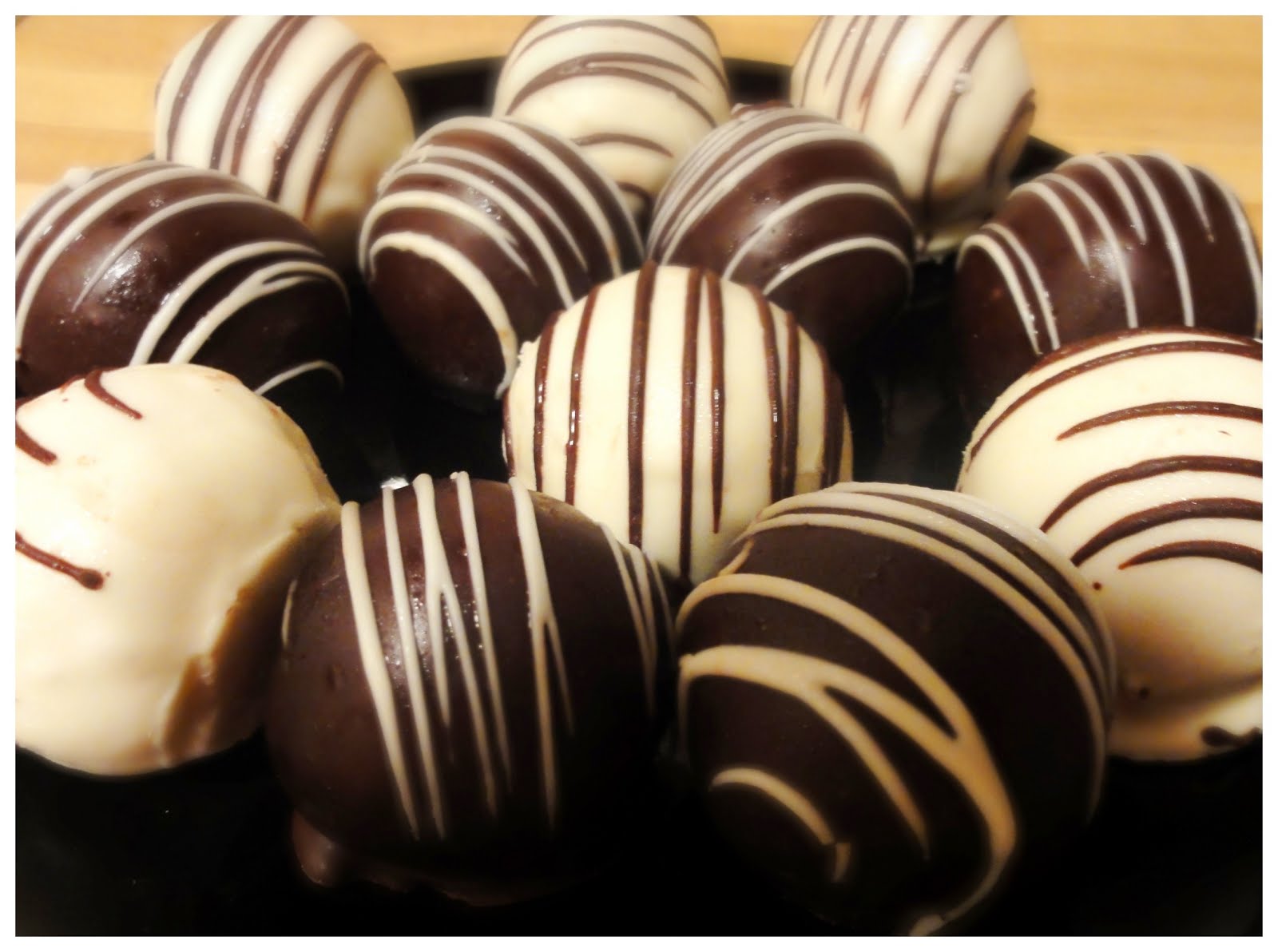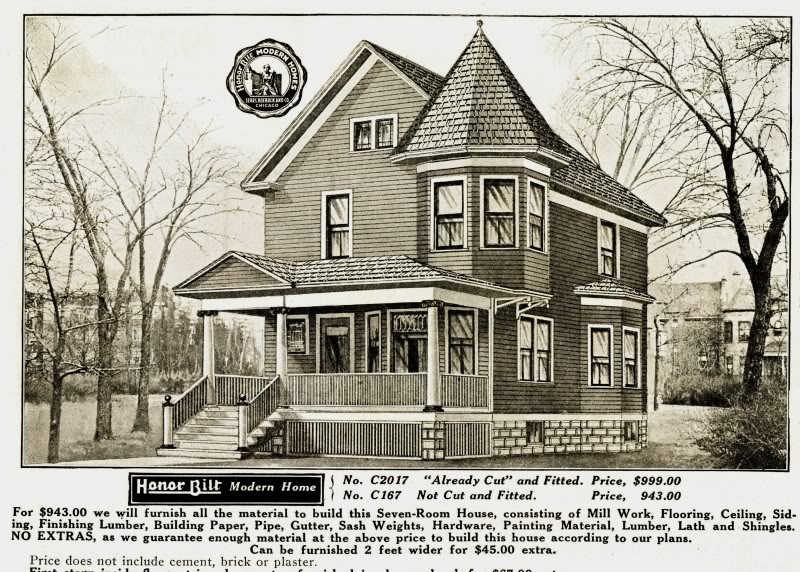by Templa Melnick | Jun 16, 2014 | Templa's Trivia

As my husband and I chatted over his Father’s Day breakfast, he shared happy childhood memories of long-ago breakfasts with his grandmothers and of the meals of wild game and home grown vegetables his grandfather had provided.
Food – and the preparation of food, is an integral part of our lives, our memories, and the heritage we pass to the next generation. Influenced not only by taste and cultural preferences, but by availability and (increasingly) sensitivities to certain foods, we each develop unique, personal favorites that will last throughout our lifetimes.
Some of the foods Emma and the gang eat in Season of Forgiveness are based on my own family’s recipes passed from one generation to the next. And some, such as the Trout Almandine, are items that would have been served in that particular time and place. In my search for authentic foods and recipes that my characters could and would eat and enjoy, I read through a lot of recipe books. The amount of butter and cream used in the Victorian era was astounding – and gave my modern day stomach a grumbly twinge just thinking about it.
I was baffled by so many old recipes that included paraffin as an ingredient. I mean, this is the stuff you melt down and pour over the top of the jelly jars to seal them, right? It’s wax. It’s made from petroleum. I freely admit that I’m no foodie. I can cook. And I have a few family favorites to my credit. But I’m far from a gourmet chef. So I had to check this out. And what I discovered really surprised me.
 Paraffin was used in baking during World War II when rationing and scarcity made butter and shortening hard to come by. Resourceful cooks used it to stretch ingredients a little further in many recipes. Here’s a Paraffin Sponge Cake Recipe that I stumbled across.
Paraffin was used in baking during World War II when rationing and scarcity made butter and shortening hard to come by. Resourceful cooks used it to stretch ingredients a little further in many recipes. Here’s a Paraffin Sponge Cake Recipe that I stumbled across.
www.bbc.co.uk/history/ww2peopleswar/stories/85/a5416085.shtml
And, check out my website for a few recipes I found in an old Methodist church ladies cookbook. (These are tasty treats by Midwestern US ladies with names like Leona and Ethyl and Edith.) www.templamelnick.com
Paraffin is added – even today – to many candies, and especially chocolates. The paraffin gives the candy a smooth, shiny finish and prevents it from melting. It also inhibits bacterial growth. Well, that sounds okay. It’s also added to a variety of other processed foods. So, whether I realize it or not, I’m probably ingesting paraffin. Is that bad?
Actually… it could be bad. If you scarf down the aforementioned Paraffin Sponge Cake, you may want to make sure you’ve got immediate access to good plumbing. Seriously. Paraffin is used to treat colicky horses and cattle, and is the main ingredient in some over the counter laxatives for humans. But, more long term effects could be potentially serious. According to a study that appeared in the Journal of Applied Toxicology, parabens are fat loving chemicals that build up in our fat cells and were found in significant numbers of breast cancer tumors. (Darbre, P. D., Aljarra, A., Miller, W. R., Coldham, N. G., Sauer, M. J., Pope, G. S. Concentrations of Parabens in Human Breast Tumours. Journal of Applied Toxicology 24(1): 5-13.) Parabens -such as those found in paraffin – are chemicals that effect the body’s ability to assimilate estrogen-related chemicals, potentially leading to an imbalance of estrogen and other hormones. Additionally, the lotions, shampoos, conditioners and cosmetics we use are loaded with parabens- thus creating an even greater possibility of harmful effects.
So, why and I telling you any of this? Simply, this: If you’re determined to replicate Great Aunt Martha’s Candy Balls…go ahead. Enjoy. I’ll even give you the recipe. (Check my website!) But if you skip the paraffin and your homemade candy balls melt all over your grandkids chins … that’s probably even better. After all, I want you to make as many memories as possible with your loved ones. Because the way I see it, that’s what food is all about. Oh, and one more thing… From now on, splurge on the good chocolate… the stuff without added wax and fillers. You’re SO totally worth it.

by Templa Melnick | May 19, 2014 | Templa's Trivia
When I was a little girl, we had a full set of embroidered tea towels. This was B.D. (Before Dishwashers.) And we had chores – which included washing the dishes after dinner. Since my sister was four years older and had significantly superior fine motor skills, she washed. I dried. According to my mother’s tea towels, Monday was wash day. They went something like this:
Monday: Wash Day
Tuesday: Ironing Day
Wednesday: Sewing Day
Thursday: Market Day
Friday: Cleaning Day
Saturday: Baking Day
Sunday: Day of Rest
By the time I was drying those Melmac dishes, the way of life embroidered on our tea towels had all but disappeared and those little slips of linen were a last, lingering reminder of days gone by.
But this well known schedule is the way everyone kept house for more than a hundred years.
And, it makes a lot of sense when you think about it. Laundry was the heaviest task a housewife faced, requiring a great deal of strength and determination (also known as grit) to haul the water from the well, build the fire to heat the water, hand-wring clothes and carry big baskets of wet laundry to the clothesline from the washtubs.
Monday was the day to tackle this monumental chore, when you were still fresh and rested from Sunday. Tuesday’s ironing followed Monday’s wash. Mending and sewing on Wednesday made sense when you’d just been through the clothes and noticed what needed a button or a patch.
According to my grandmothers, a good housewife had her laundry on the line shortly after sun rise Monday morning. Unless it was raining. Snow? That didn’t slow them down much. Those clothes just froze right to the line, and there was usually a good, strong wind whipping through at the same time. Brr.
 When did they squeeze in the task of making the lye soap to wash the clothes? Maybe that was a rainy Monday chore.
When did they squeeze in the task of making the lye soap to wash the clothes? Maybe that was a rainy Monday chore.
No wonder they called this the Happy Day washing machine. She had to sit down to agitate those clothes!
As for me, I’m extremely thankful for my aging and slightly shabby Kenmore washer. And I’m also really thankful that I can do my laundry while watching an X-Men marathon. Yep, that’s a definite improvement over “the good ol’ days.” I think I’ll follow my grandmother’s advice, and make a cup of tea and count my blessings. After I fold this load of towels.
by Templa Melnick | May 5, 2014 | Templa's Trivia
Did you know that at one time, you could order an entire house from the Sears catalog? According to Sears Archives, in 1908, Sears issued its first specialty catalog for houses, Book of Modern Homes and Building Plans, featuring 44 styles ranging in price from $360–$2,890.
The first mail order was filled in 1908. Sears sold about 70,000 kit homes in 48 states through their mail-order Modern Homes program during the years of 1908 – 1940. Sears sold so many of these homes that they opened up their own mill in Cairo, Illinois in 1911.
Sears kit homes were shipped via boxcar and came with a 75-page instruction book. Each kit contained 10,000 – 30,000 pieces and the pieces were “marked to facilitate construction.” Yeah, right. All you had to do was unload it, schlep it to your building site, read that 75-page instruction book, figure out what went where, and put it together. Kind of like a giant 3-D puzzle. Or Lincoln Logs. But with a lot more sweat and potential for swearing.
Neighbors and friends usually helped build the house with a good old-fashioned roof raising party. Neighbor relationships have changed a little in this last century. I don’t even ask my neighbors to check my mail when I’m out of town.

Sears Kit Home – Maytown
Because my story takes place in 1904, my characters can’t live in an actual Sears kit house… the timing is just a little off. Nevertheless, this is the house that I pictured in my mind as the Johnson family home in Season of Forgiveness – but I added a second porch on the right side and flipped the kitchen to the other side of the building. That’s the beauty of writing fiction. It can be whatever I want it to be.
I can picture in my mind’s eye the porch littered with toys and seven rowdy boys slamming doors and racing up and down the steps. And of course, Emma’s roses would flourish beside the porch. I had a lot of fun creating this home in my story. I hope you enjoy it too.
by Templa Melnick | Apr 28, 2014 | Templa's Trivia
Front Cover
So, why a blog? Well, because after a lot of hard work and relentlessly following a crazy dream, my first novel is debuting in just a few short months! That’s right. I am a finally a real, honest to God author.
It seems to me that the reality of a fulfilled dream isn’t always quite what I envisioned from the fluffy, hot-air-balloon view of my imagination. So I’ll share the adventures of living MY dream with you here. It’s been a long time coming, and to be honest, I’ve almost given up more times  than I can count. I’m incredibly thankful for my amazing husband and children for believing in me even when I stopped believing in myself. And for giving me the opportunity to make my dream become reality.
than I can count. I’m incredibly thankful for my amazing husband and children for believing in me even when I stopped believing in myself. And for giving me the opportunity to make my dream become reality.
I will also share some of the random historical trivia that I dug up for my book. I find this stuff incredibly fascinating. Maybe a few of you will too. I can still dream, cant I?
 Paraffin was used in baking during World War II when rationing and scarcity made butter and shortening hard to come by. Resourceful cooks used it to stretch ingredients a little further in many recipes. Here’s a Paraffin Sponge Cake Recipe that I stumbled across.
Paraffin was used in baking during World War II when rationing and scarcity made butter and shortening hard to come by. Resourceful cooks used it to stretch ingredients a little further in many recipes. Here’s a Paraffin Sponge Cake Recipe that I stumbled across.


 When did they squeeze in the task of making the lye soap to wash the clothes? Maybe that was a rainy Monday chore.
When did they squeeze in the task of making the lye soap to wash the clothes? Maybe that was a rainy Monday chore.
 than I can count. I’m incredibly thankful for my amazing husband and children for believing in me even when I stopped believing in myself. And for giving me the opportunity to make my dream become reality.
than I can count. I’m incredibly thankful for my amazing husband and children for believing in me even when I stopped believing in myself. And for giving me the opportunity to make my dream become reality.